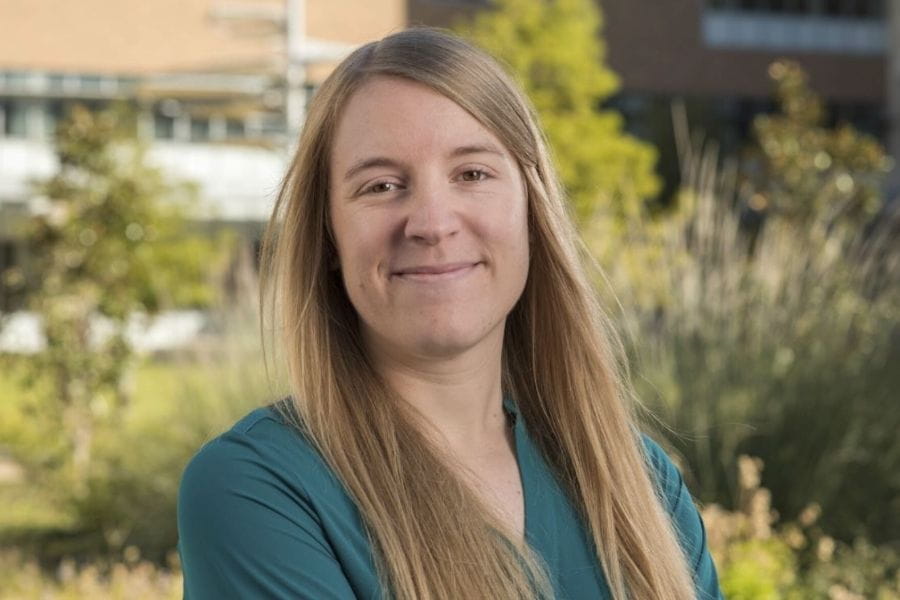
A University of Texas at Arlington researcher is testing how crowdsourcing can help assess and build resilience in communities susceptible to natural disasters.
Michelle Hummel, an assistant professor in UTA's Civil Engineering Department, was awarded a $396,200 grant from the National Science Foundation for the research.
She is teaming with Antwi Akom of the University of California at San Francisco and Aekta Shah of the Institute for Sustainable Economic, Educational, & Environmental Design, whose mobile app, Streetwyze, will be one tool used to collect data from citizens. Also on the team is UTA computer science Professor Ramez Elmasri, who will work with Hummel to analyze the crowdsourced data to better understand community resilience.
Underserved and underrepresented populations are often overlooked in resilience planning because they don't have the resources to make officials aware of the issues they face, Hummel said. She and her team will work to find ways to help local governments and communities plan for disasters and ensure that the resources needed to prepare, respond and recover are delivered equitably.
"We aim to increase the diversity of people who are contributing to crowdsourcing to better represent the community," she said. "With better data, we can work with community partners to reach populations who are typically underserved and underrepresented and develop resilience-building strategies that benefit everyone in the community rather than just the most visible segments."
Hummel will integrate two sources of crowdsourced data:
• a commercial mobility dataset based on continuous collection of location data from smartphone users and navigation devices, developed through StreetLight Data; and
• community data from the Streetwyze app, which allows people to contribute information about their neighborhoods.
Current planning methods usually involve officials using datasets for much larger areas, then trying to generalize that data down to the community level. Flood maps and census data may tell city planners where floods could occur and where people live, but not how flooding affects specific streets or people's movements.
The crowdsourced data, in contrast, will be used to monitor street-level conditions and study how people are getting around, such as in cars or on public transportation. This information helps identify which citizens and communities are most vulnerable. With that knowledge, local governments and community organizations can determine appropriate strategies to mitigate future disasters.
"This interdisciplinary and multi-institutional grant is a clear indication of Dr. Hummel's assiduous scholarly efforts and research excellence, which have gained her recognition as an expert in the field," said Ali Abolmaali, chair of UTA's Civil Engineering Department.
- Written by Jeremy Agor, College of Engineering






